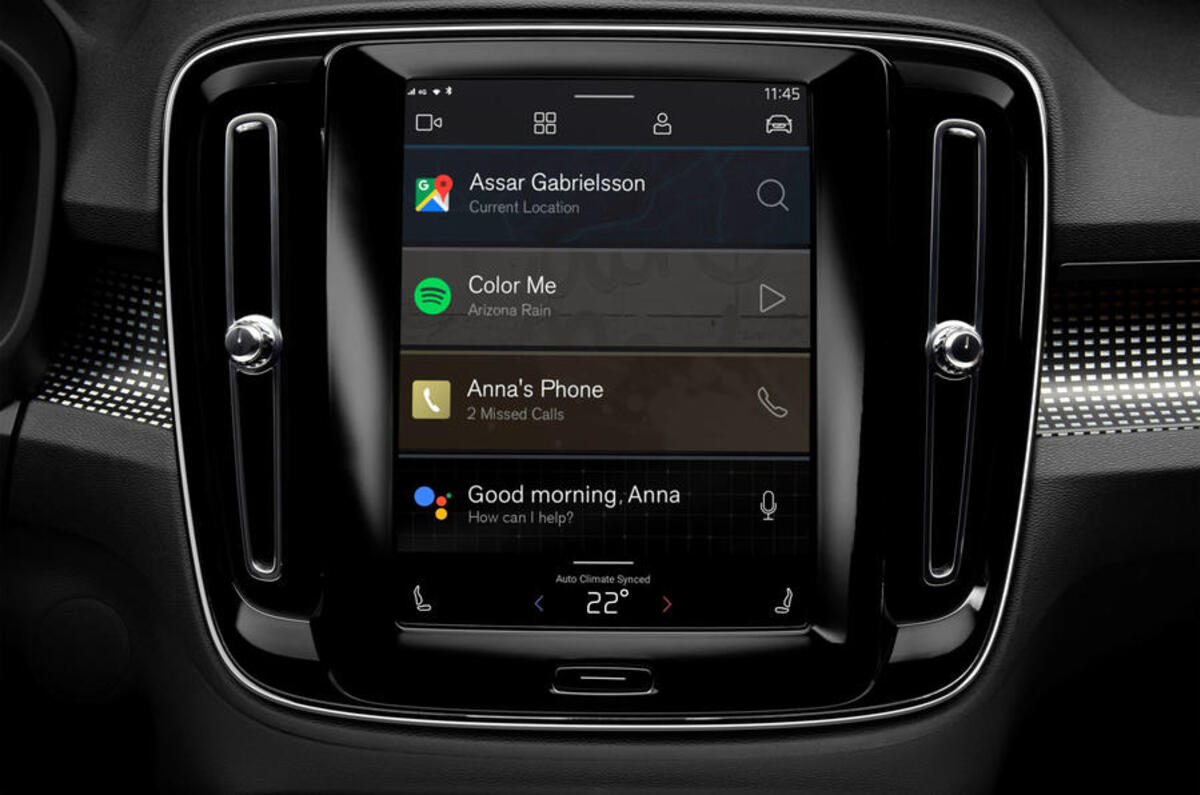Google’s takeover of the dashboard was looking inevitable after the likes of Volvo, Renault, General Motors and Stellantis began rolling out the Android Automotive Operating System for their in-car infotainment. Then in June came Apple’s announcement that it would expand CarPlay to power the entire infotainment system, should car makers want it.
In July, analyst company S&P Global Mobility declared in a special report that Google was “taking the lead”, predicting Android Automotive OS would grab an 18% share by 2027, up from 1% now.




Add your comment